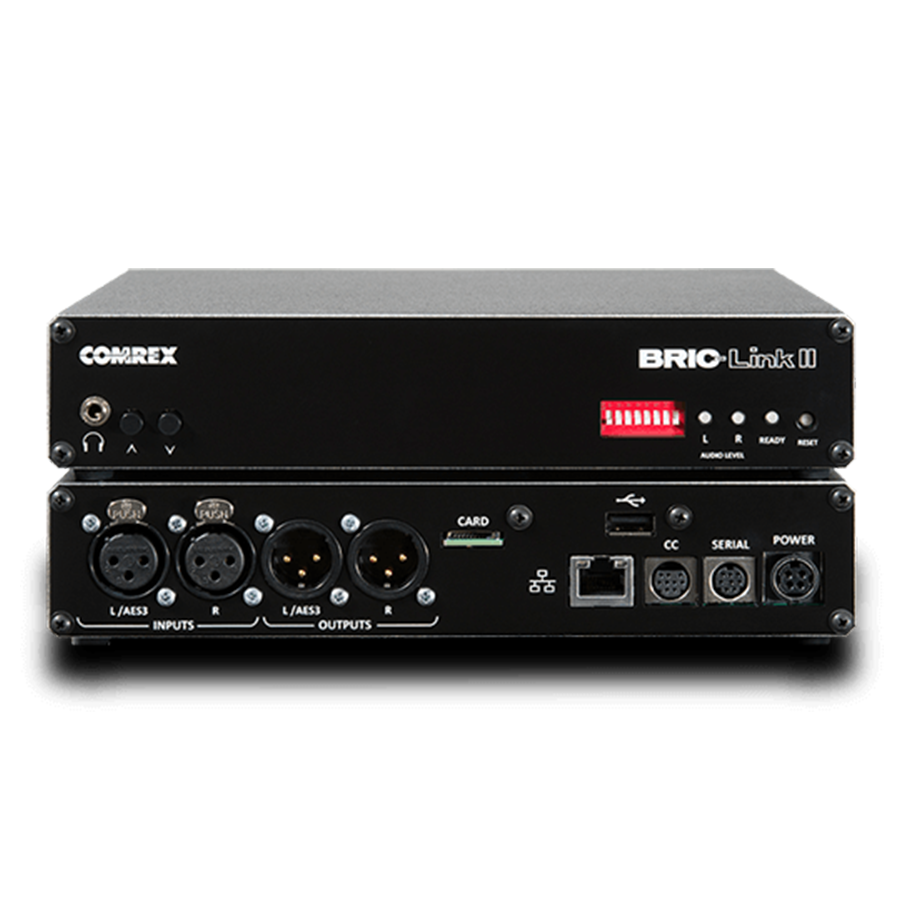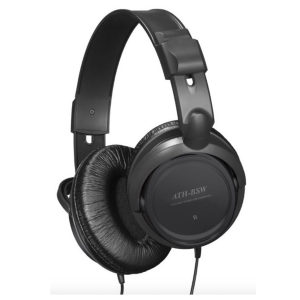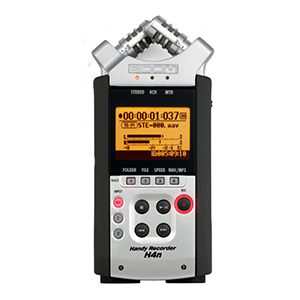Comrex BRIC Link II – Rental (Daily)
$150.00
1 available for rental
Description
Audio Coding:
For users concerned about delay and coding artifacts, BRIC-Link II offers a robust stereo or mono linear mode that does not compress audio. In addition, BRIC-Link II is the only real-time audio codec to offer FLAC lossless compression, which reduces network throughput by 30– 40% with absolutely transparent coding and no tandem coding concerns. For situations where more reduced bandwidth is desired, BRIC-Link II offers AAC/HE-AAC modes as standard, allowing superb audio quality at dramatically reduced data rates. For compatibility with mobile phone and web apps, BRIC-Link II also implements Opus audio compression, along with VoIP standards G.722 and G.711.
Connections and Indicators:
BRIC-Link II offers balanced, professional level analog I/O on standard XLR connectors. Alternately, the Left I/O connectors may be switched to AES3 digital audio format. BRIC-Link II can be connected to an IP network through a Gigabit Ethernet jack. Contact Closure and Ancillary data are delivered on Mini-DIN style jacks. Audio level is displayed on the front panel via L & R tri-color LEDs. These LEDs may be configured to display send or receive level. A status LED on the front panel displays connection status as well as Ethernet status. BRIC-Link II is also equipped with a card slot and a USB port for future use. Additionally, the front panel of the BRICLink II features a headphone jack for monitoring purposes.
User Interface: BRIC-Link II acts as a web server, allowing the user to access all controls through an intuitive web interface. The page displays connection status, extensive network diagnostics, and audio level meters for remote monitoring. From any location, users are able to configure profiles for various connections with point-and-click connection commands. Initial IP configuration is easily managed by the user with a Windows-based setup utility to be run on a computer located on the same local area network for low-fuss installation. The setup utility also functions as an upgrade utility, allowing flash upgrades from the Comrex website to be applied to the hardware in minutes.
Transmission Modes and Delay: BRIC-Link II is a true codec, offering a full-duplex stereo encoder and decoder in each box. Where two-way transmission is not required, the reverse channel may be disabled. The BRIC technology incorporated includes a jitter buffer manager that automatically balances delay and stability, dynamically increasing and decreasing delay based on network performance. For networks where the QoS is known, these parameters may be set so that a consistent level of jitter buffer is maintained. End-to-end coding delay in linear modes is less than 25mS and FLAC modes are less than 30mS. AAC modes incorporate around 100mS total end-to-end delay and HE-AAC modes deliver around 220mS. In addition to coding delay, network propagation and jitter buffers will add delay to any IP link and are network dependent.





